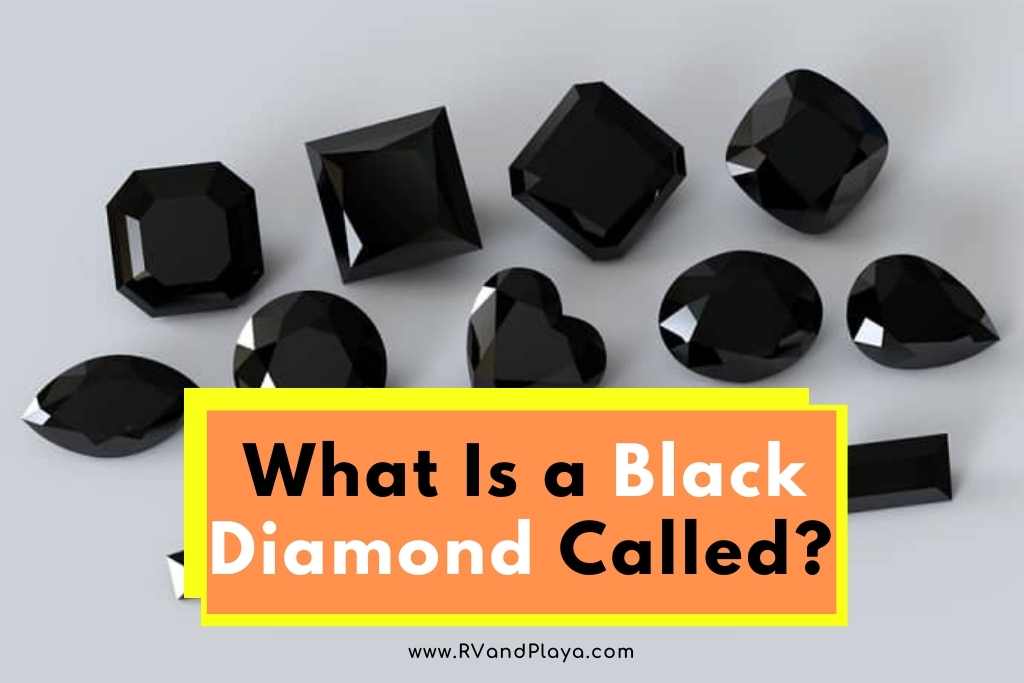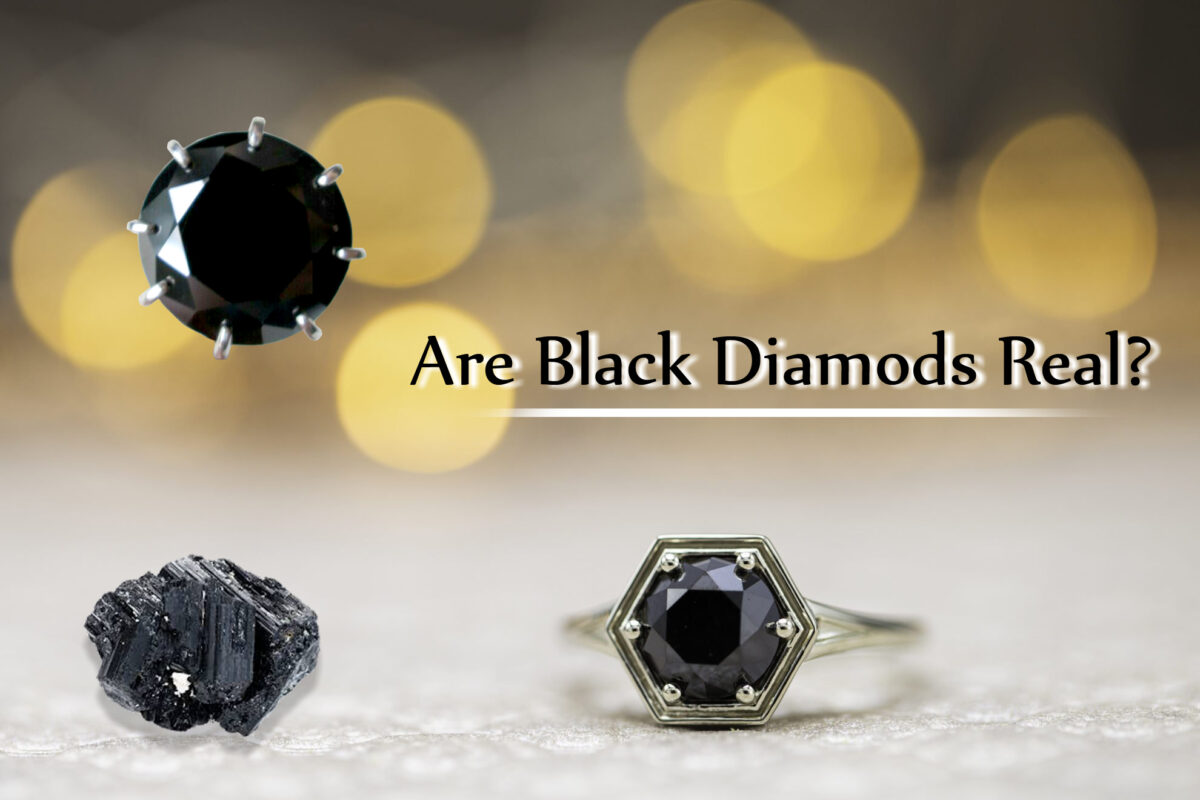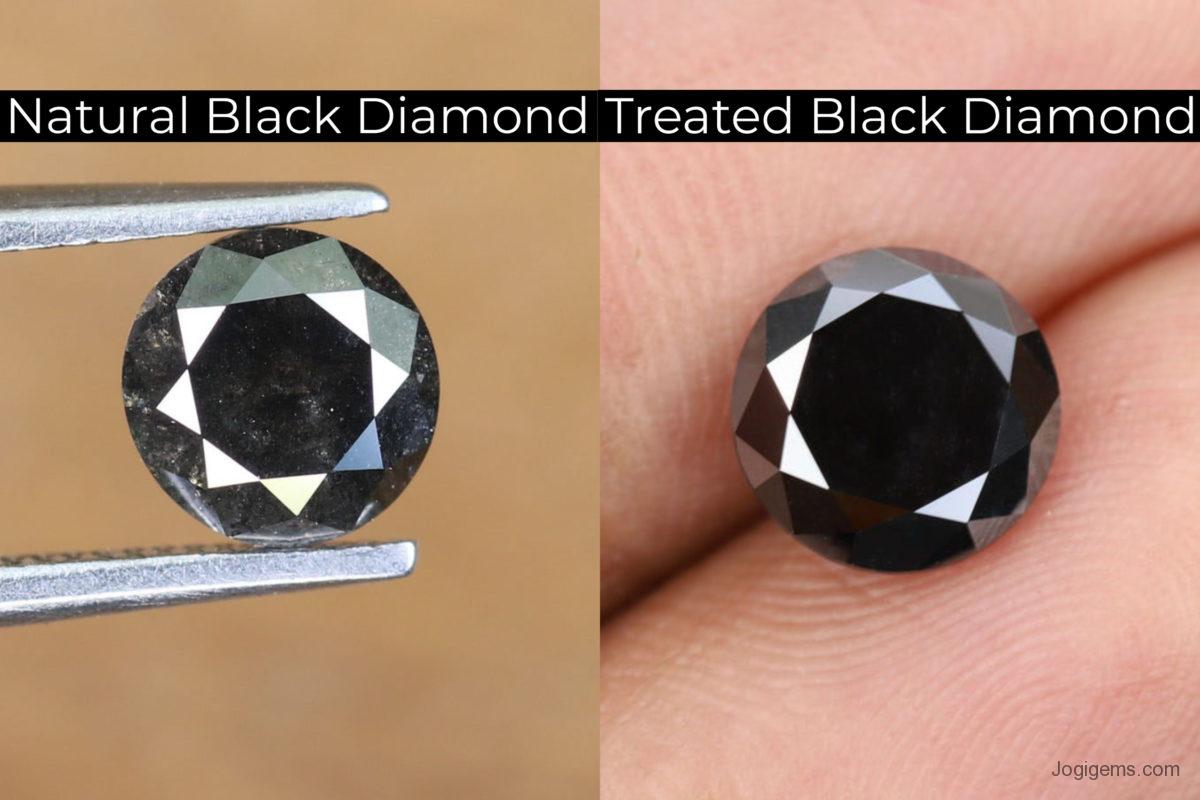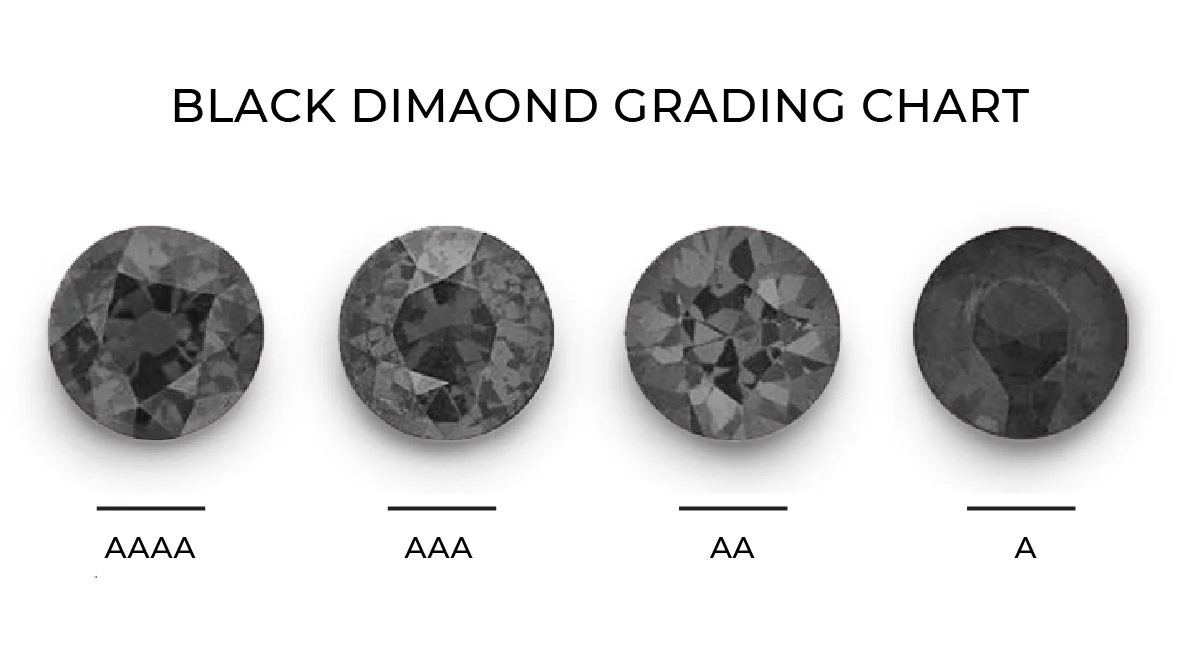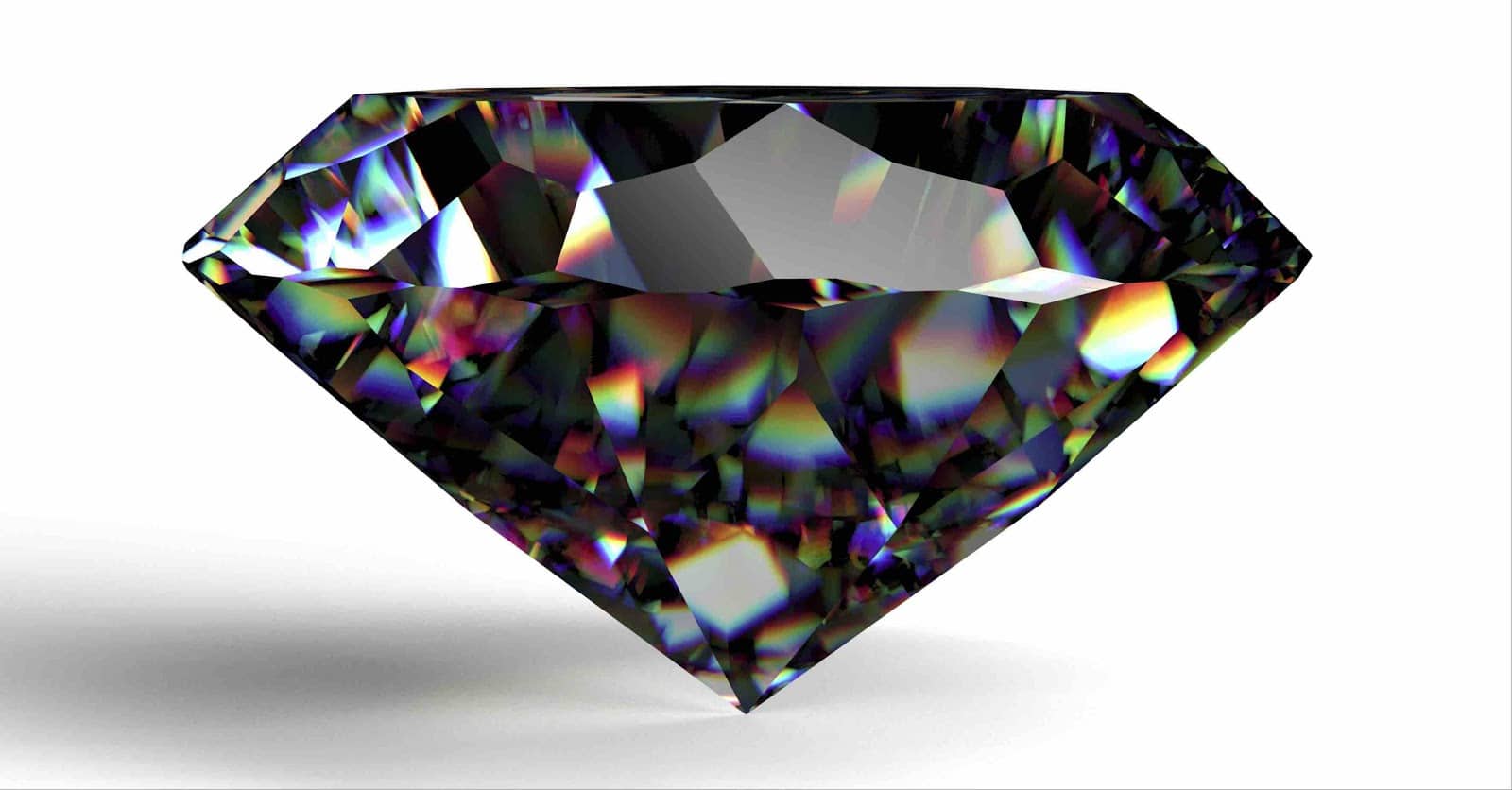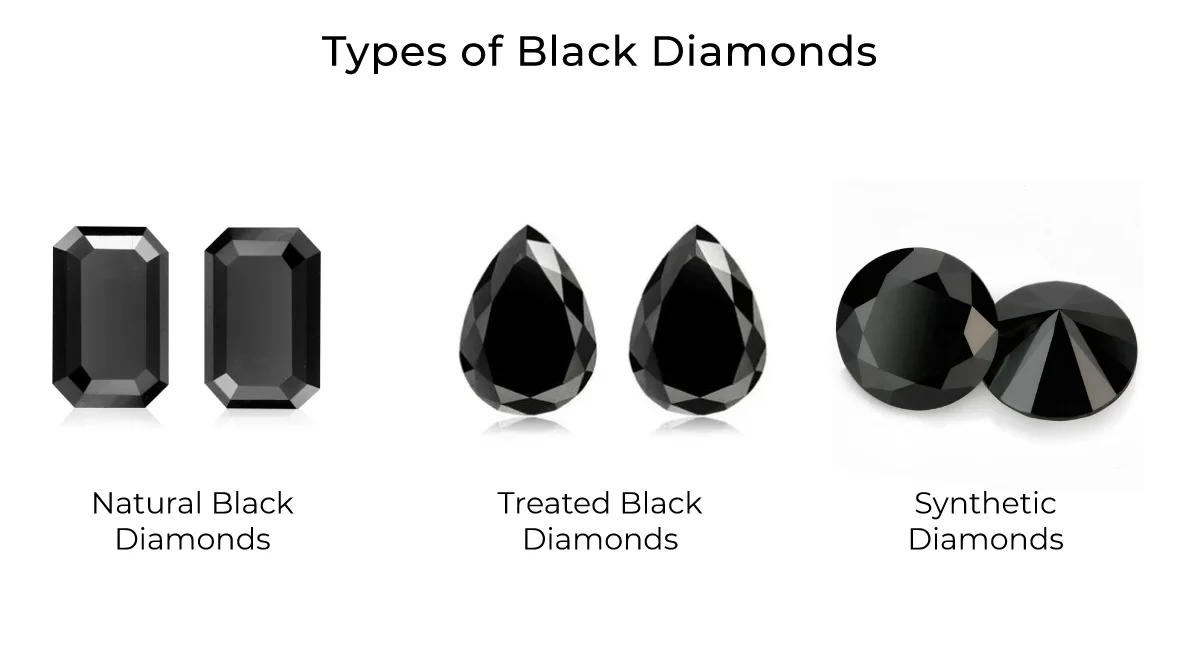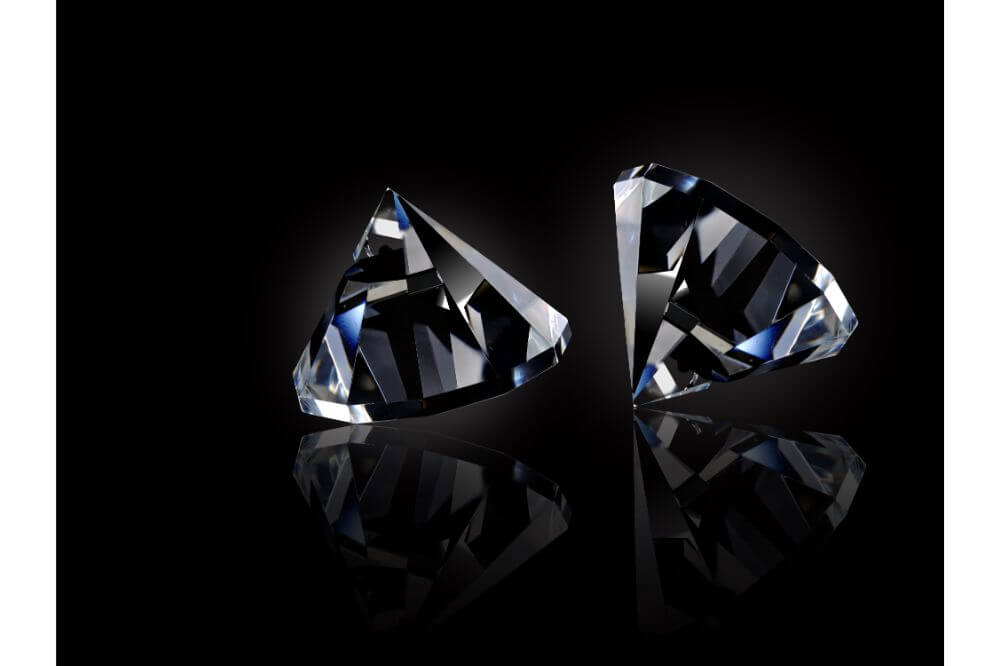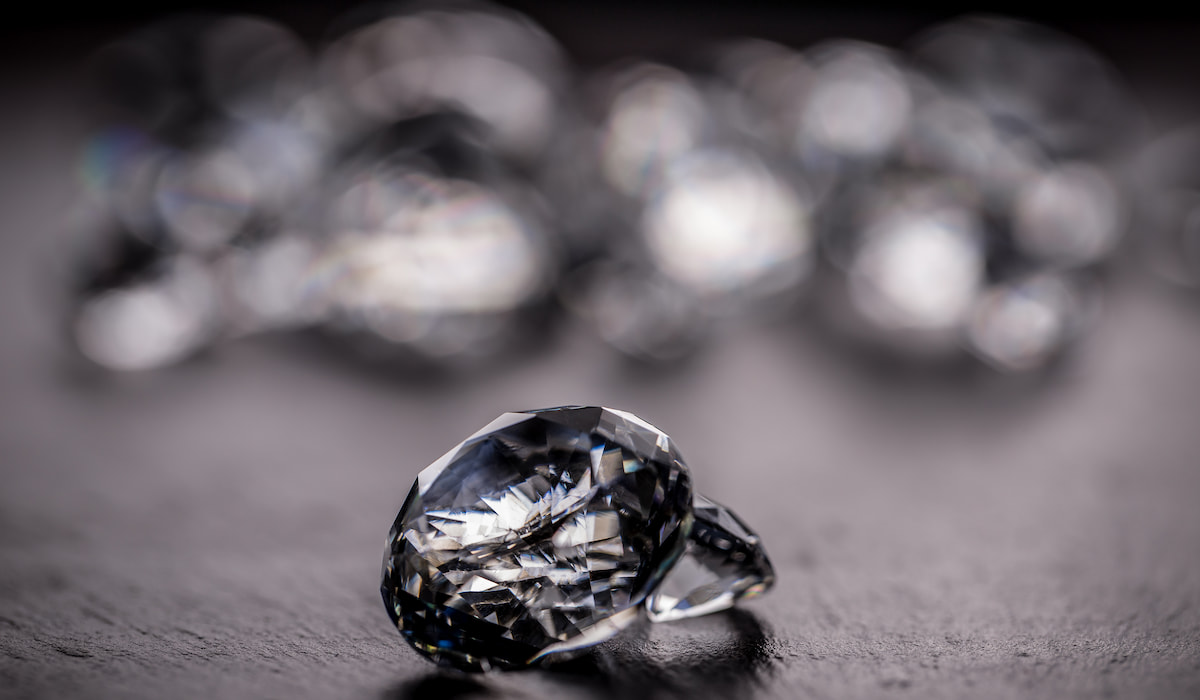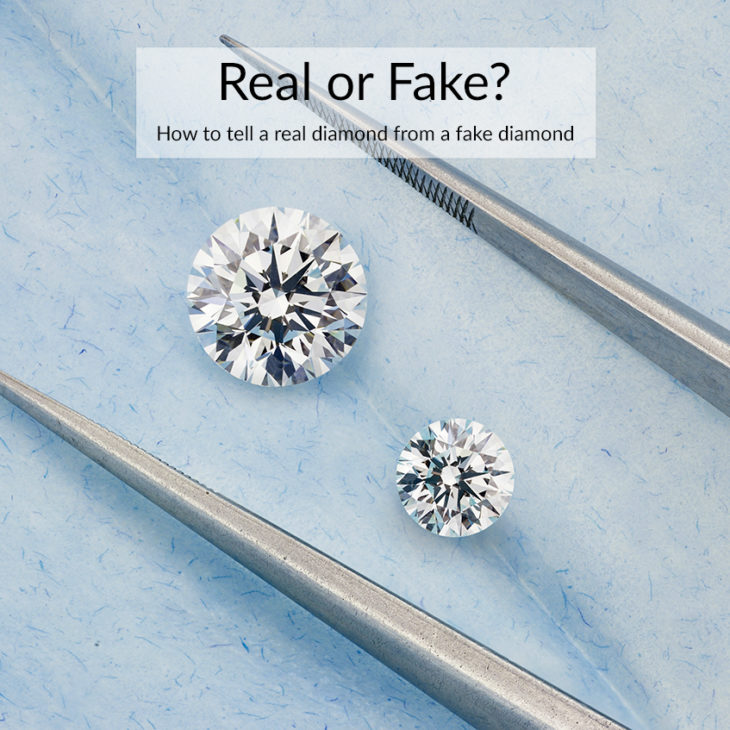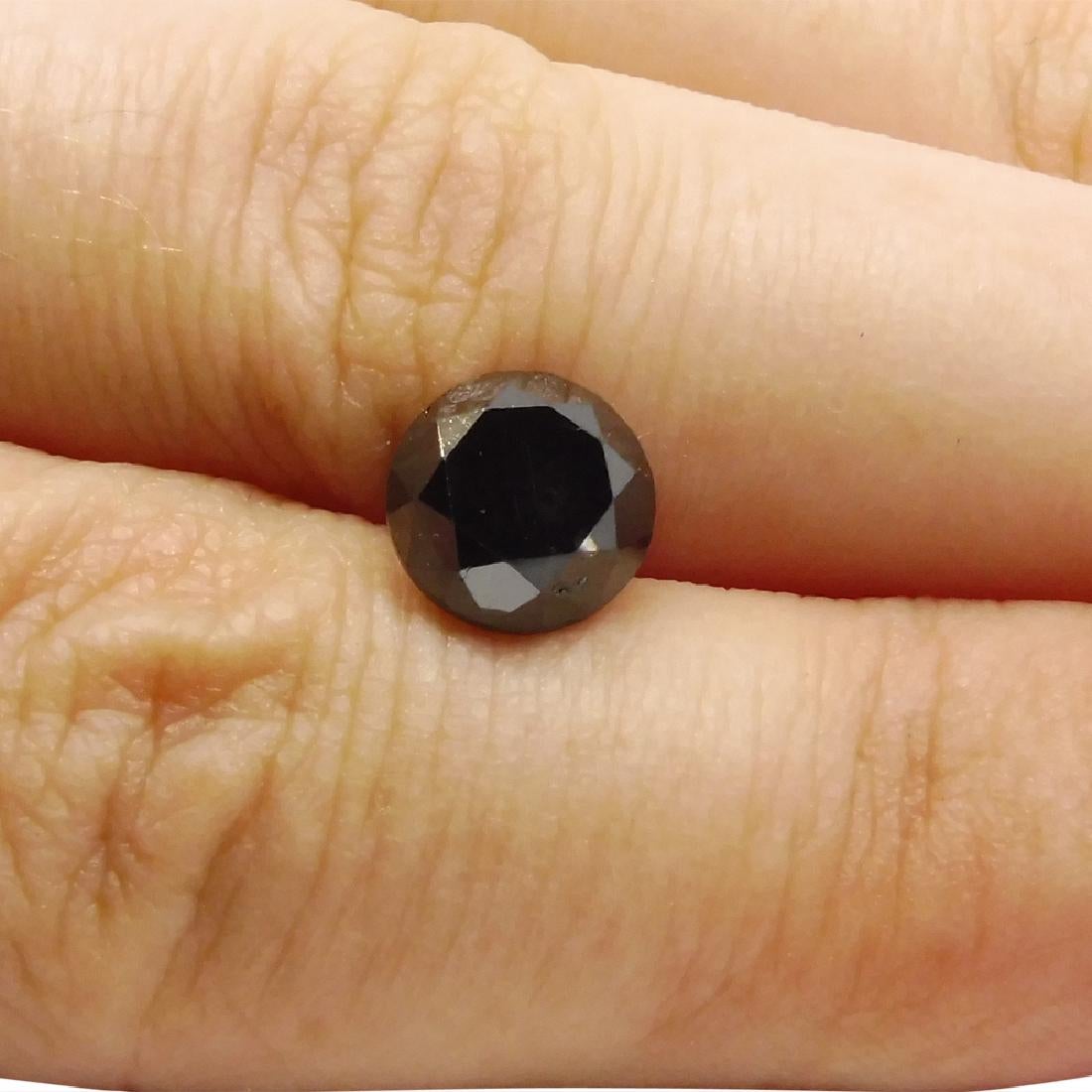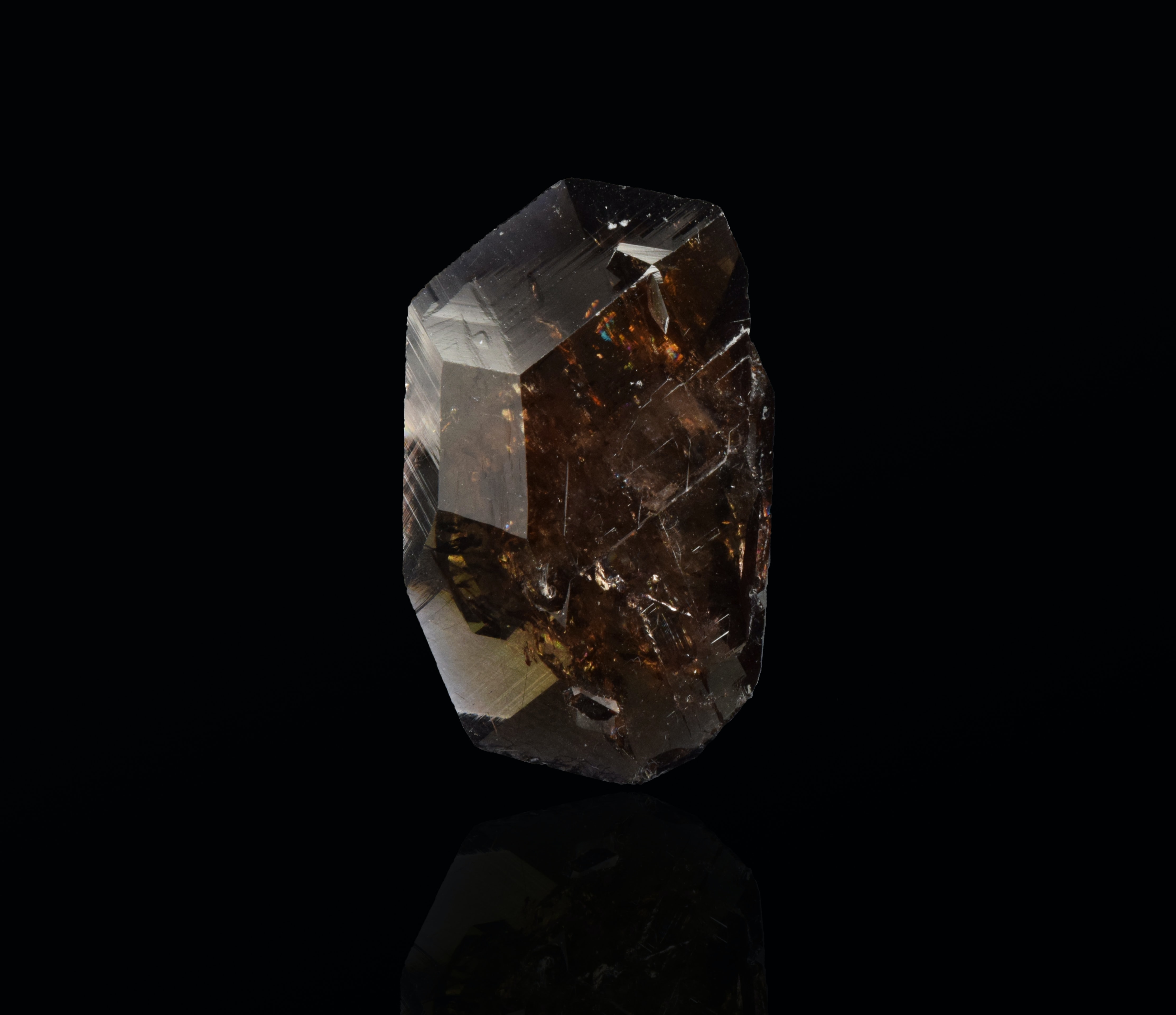Is A Black Diamond A Real Diamond

Confusion swirls around black diamonds as experts clash over their true nature. Are they genuine diamonds, or cleverly disguised imposters?
This article cuts through the ambiguity, presenting definitive answers based on current scientific understanding and gemological consensus. Discover the facts and learn to differentiate between authentic black diamonds and their look-alikes.
What Exactly Is A Black Diamond?
Black diamonds, scientifically known as carbonado diamonds, are a polycrystalline form of natural diamond. This means they are composed of microscopic diamond crystals, randomly arranged, rather than a single, large crystal like typical diamonds.
They owe their color to numerous inclusions of graphite, amorphous carbon, and sometimes metallic minerals like iron.
These inclusions absorb most of the light, giving the diamond its characteristic opaque, black appearance.
The Origin Story: Where Do Black Diamonds Come From?
Unlike most diamonds that form deep within the Earth's mantle, carbonado diamonds have a more mysterious origin.
The prevailing theory suggests an extraterrestrial source, possibly formed in supernovae explosions and deposited on Earth through asteroid impacts.
Supporting this theory are trace elements found in carbonado diamonds that are rarely found in terrestrial diamonds.
The Key Differences: Carbonado vs. Treated Black Diamonds
It's crucial to distinguish between naturally occurring carbonado and treated black diamonds. Treated black diamonds are typically low-grade, heavily included diamonds that have been subjected to high temperatures or irradiation.
This process darkens the stone, giving it a black appearance, but it doesn't change the diamond's fundamental structure.
The distinction matters because the value and rarity differ significantly.
How To Tell The Difference: Identification Tips
Gemological laboratories use several techniques to differentiate between natural and treated black diamonds. Spectroscopic analysis can reveal the presence of specific elements or structural changes indicative of treatment.
Microscopic examination can reveal telltale signs of irradiation or heat treatment, such as color zoning or surface alterations.
Certified gemological reports from reputable labs like GIA (Gemological Institute of America) or AGS (American Gem Society) provide the most reliable verification.
The Rarity Factor: Are Black Diamonds Scarce?
Natural carbonado diamonds are considerably rarer than colorless diamonds. They are primarily found in only two locations worldwide: Brazil and the Central African Republic.
This limited geographic distribution contributes to their scarcity and unique appeal.
Treated black diamonds are more readily available, making them a more affordable alternative, but lacking the unique origin story of natural carbonado.
The Value Proposition: What Are They Worth?
The value of a black diamond depends on several factors, including its size, cut, and most importantly, whether it is a natural carbonado or a treated stone.
Natural carbonado diamonds can command high prices, particularly for larger, well-cut stones with desirable characteristics. Treated black diamonds are generally less expensive.
Always obtain a certified appraisal from a qualified gemologist to determine the accurate market value.
Applications Beyond Jewelry: Industrial Uses
Beyond their use in jewelry, black diamonds, particularly carbonado, possess exceptional hardness. This makes them valuable in industrial applications.
They are used in drilling and cutting tools, where their extreme abrasive resistance is highly prized.
This industrial demand contributes to the ongoing interest and research into carbonado diamonds.
The Controversy: Misinformation and Deception
The market for black diamonds is plagued by misinformation and deceptive marketing practices.
Some vendors may misrepresent treated black diamonds as natural carbonado to inflate their price. This underscores the importance of thorough research and certification before purchasing.
Consumers should exercise caution and seek expert advice to avoid being scammed.
The Verdict: Real Diamonds, But Different
Black diamonds, specifically carbonado diamonds, are indeed real diamonds, but they are fundamentally different from colorless diamonds in terms of their formation, structure, and origin.
Their unique characteristics warrant a distinct classification and evaluation within the diamond market.
Understanding these differences empowers consumers to make informed decisions.
Moving Forward: What's Next In Black Diamond Research?
Ongoing research focuses on further unraveling the mysteries surrounding the origin of carbonado diamonds.
Scientists are analyzing trace elements and isotopic ratios to gain deeper insights into their formation environment and potential extraterrestrial connections.
These investigations could lead to groundbreaking discoveries about the early solar system and the formation of planets.
